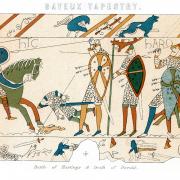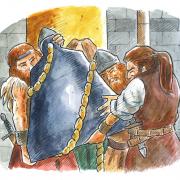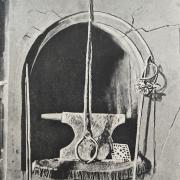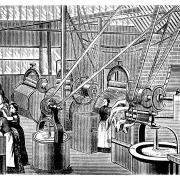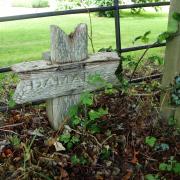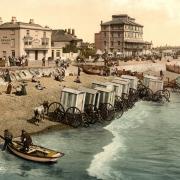We speak to Sussex Tour's Tania Noddings to find out more...
West Sussex has places like Chichester, Horsham, and Crawley while East Sussex boasts Forest Row, Eastbourne and Hastings. Even though there is a fierce(ish) rivalry between locals, in our eyes both areas do a fine job of representing Sussex as a whole beautifully. But why are there two different counties in the first place?
What are the origins of the Sussex area?
The Kingdom of Sussex was founded in the aftermath of the Roman withdrawal from Britain. ‘Saxon invaders founded the kingdom of Sussex in around 477 and gave it its name, the land of the South Saxons,’ Tania says. ‘The Kingdom of Sussex was absorbed into the kingdom of Wessex in 825 and then later the kingdom of England.’ The county of Sussex today is broadly the same geographical area as that independent medieval kingdom.
When was Sussex divided into two counties?
Sussex remained a unified geographical county and the current arrangements of East and West Sussex were established for administrative purposes. Tania tells us, ‘It is believed that the current divide dates from the 12th century onwards, with the three eastern county sub-divisions forming East Sussex and the three western sub-divisions, West Sussex.’
READ MORE: 9 of the most haunted places in Sussex
Why is Sussex divided into two counties?
Geographically Sussex has always been its own entity throughout its history, however Sussex has long been divided for their administrative purposes. Tania tells us: ‘It is thought that Anglo-Saxon Sussex was divided up for local government and following the conquest of Sussex in 1066, the Normans divided Sussex into six areas.’
She continues: ‘Sussex was of great strategic importance to William the Conqueror, being a major communication route between home in Normandy with its supply chains supporting the conquest, and the capital of William’s new Kingdom, London.’ Tonia adds: ‘William would also have been very aware that Sussex was the ancestral home of Harold, the last Saxon king of England, and the need to secure the county from any potential revolt.
‘The Normans established these county military districts for the supply of the castles. As well as the basis of local government in Sussex, these castles formed a network of strongholds to deter any domestic insurgency and prevent foreign invasion.’
What reasons are there for Sussex being divided?
Tania says: ‘We don’t really know why this happened; although it is my understanding that it was to do with the management of the legal system. This would have been a main administrative function of the state in medieval times, and which saw the establishment of the assize courts in Horsham in the west of the county and Lewes in the east.'
‘Between 1135 to 1153 a civil war raged through England, with both King Stephen and Empress Matilda laying claim to the English crown. This was a lawless period in English history known as the Anarchy,’ Tania continues.
When Stephen died in 1154, Matilda’s eldest son Henry succeeded to the throne. The first of England’s Plantagenet kings, Henry II immediately set about restoring law and order to his realm.
‘One act of Henry II of England in 1166 was the Assize of Clarendon, which began a transformation of English law and led to the gradual development of trial by jury in common law and the established of the assize courts,’ Tania says.
SUBSCRIBE: To Sussex Life for the best history, travel and lifestyle content
How has the county division affected Sussex?
The separate county councils of East and West Sussex we are familiar with today were established in 1889 by the Local Government Act of 1888. ‘More changes came in the 1990s when in April 1997 Brighton & Hove Borough Councils were merged to form Brighton & Hove City Council, which then took responsibility for the Brighton & Hove area from East Sussex County Council,’ Tania says. ‘Although these three separate administrative bodies govern the county today, now, as throughout its history, Sussex continues to be recognised as a single geographical territory and cultural region. In 2013, the government formally recognised and acknowledged the continued existence of England's 39 historic counties, including Sussex.’
It is not rivalry that separates the counties, but in fact just simple administrative ease. The county flag is flown proudly in both the east and the west of the county, and Sussex is one of only a few counties to have an unofficial anthem which has been adapted by local football teams. This and our collective shared passion for the area, clearly shows Sussex is united regardless of the county division.
Tania is a qualified Blue Badge Tourist Guide for the South-East of England; her website is sussextours.co.uk. Separately, she offers a programme of heritage tours as public events via her social media facebook.com/sussex.tours and twitter @sussex_tours.







